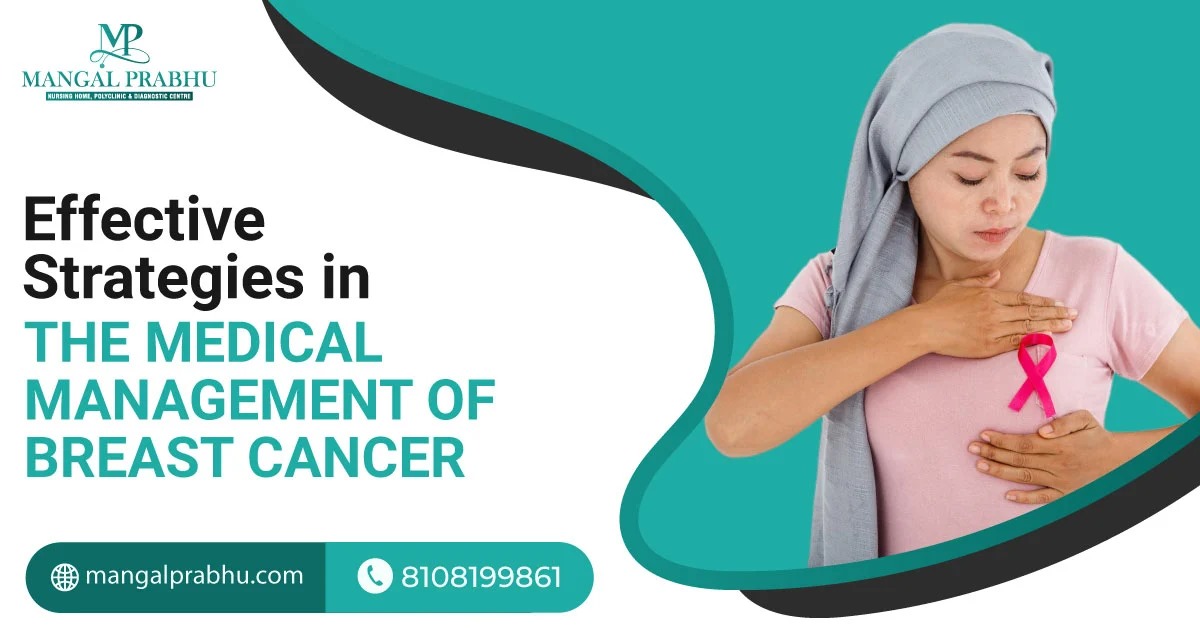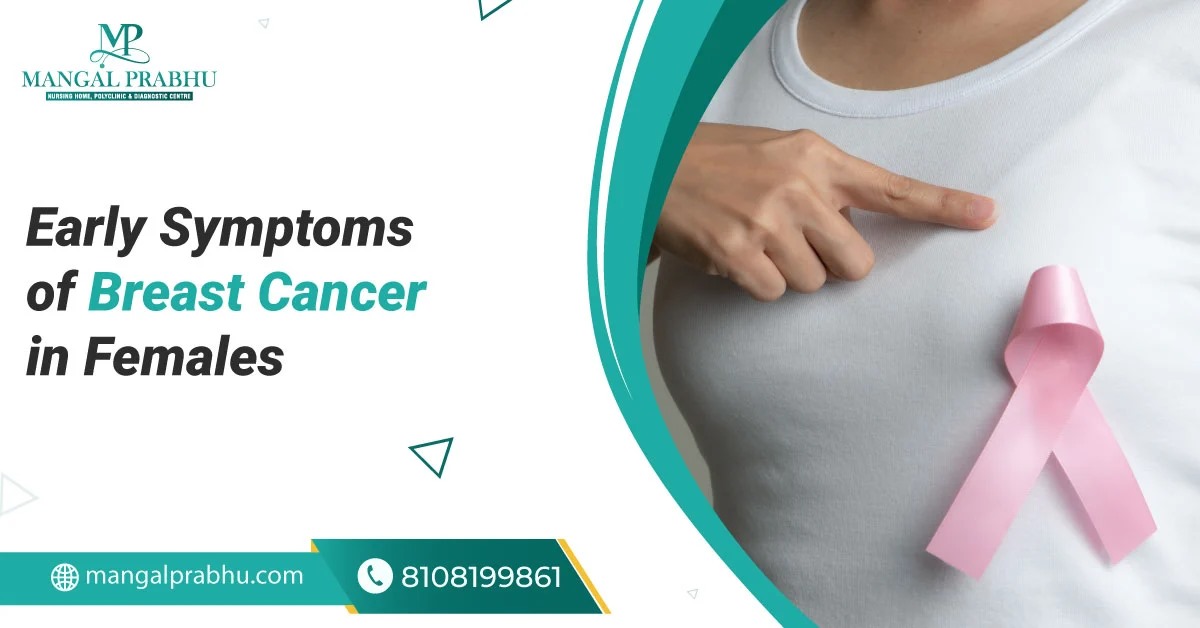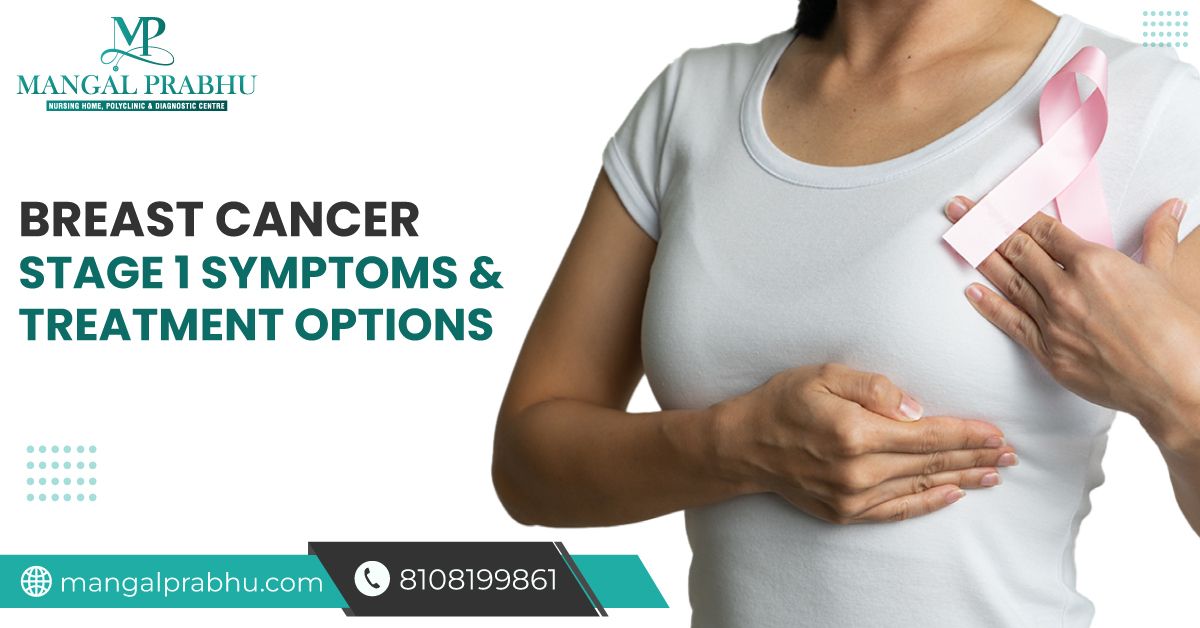
Effective Strategies in the Medical Management of Breast Cancer
Breast cancer diagnosis can be emotionally and physically challenging. However, advancements in technology and medical science have improved the survival rate and quality of life of many cancer patients. Depending on the stage of the cancer, breast cancer treatment in Navi Mumbai may involve surgery as a standalone procedure or combined with chemotherapy, radiation therapy, and hormone therapy.
In this post, we’ve explored some effective strategies in the medical management of breast cancer. Keep reading.
Early Detection and Diagnosis
The 5-year survival rate of women with breast cancer is 99% if it’s localized, i.e., if it hasn’t spread to the surrounding tissues and lymph nodes. The same is 86% for patients with regional breast cancer and 31% if it’s distant or has spread outside the breast tissue.
Screening Methods
Your health professional will conduct a thorough breast examination to detect any visible lumps that could be cancerous. They will also look at your breasts to check if your nipples and breasts look normal. Here’s what else can be used for detecting breast cancer.
1) Mammogram:
This is a type of breast X-ray that examines both breasts closely. If the mammogram shows anything unusual, another one will be ordered. This gives a detailed look at your breast tissues.
2) An Ultrasound:
Your healthcare provider may recommend a breast ultrasound, which can differentiate between a fluid-filled cyst and a cancerous mass. The doctors will decide whether further screening is needed depending on the test result.
3) MRI:
For an MRI, the patient is injected with the dye that gives a clear picture of both your breasts. This imaging test is used to detect how far the cancer has spread.
4) Biopsy:
A small sample of the breast tissues is used to detect cancerous growth.
Treatment Options
Your oncologist in Navi Mumbai might recommend the following treatment options:
a) Surgery
For most types of early-stage breast cancers, surgery is the most effective option. It’s possible to remove the tumor completely. This will prevent the likelihood of the cancer recurring. The surgery is called lumpectomy. If the tumor is large, a mastectomy (complete or partial removal of the breasts) might be needed.
b) Chemotherapy and Radiation Therapies
Chemotherapy can be given before surgery to shrink the tumor size, making it operable. It could be needed after surgery, as well. If cancer has spread beyond the breasts and has entered lymph nodes and nearby organs, chemotherapy, and radiation therapies followed by tumor removal are recommended.
c) Targeted Therapies
A targeted therapy attacks cancer cells by destroying the chemical mechanism in these cells. These are highly effective and have fewer side effects, as targeted therapies cause minimal damage to healthy cells. Most targeted therapies destroy the cancer cells that make extra HER2 (a protein responsible for the growth of cancer in your body).
d) Immunotherapy
Immunotherapy can be used for triple-negative breast cancer. The therapy signals your immune system to find and kill cancer cells. These treatment options are often used together to destroy cancer cells, slow their growth, and remove the mass from your breasts.

Early Symptoms of Breast Cancer in Females
Breast cancer occurs when the cells in your breasts start growing abnormally. It’s one of the most common types of cancer in women all over the world. Although it mainly occurs in women, a report by the World Health Organization (WHO) shows that 0.5 to 1 percent of breast cancers affect the male population.
Like any type of cancer, breast cancer can spread to the surrounding tissues and organs, and even lymph nodes when it reaches an advanced stage. Early detection followed by breast cancer treatment in Navi Mumbai can increase your survival rates.
Early Symptoms of Breast Cancer in Females
The survival rates in women diagnosed with breast cancer have been improving. That’s primarily because people are now more aware of the symptoms, and they get prompt medical care, which improves the treatment outcome.
As mentioned above, early detection is key to getting the best treatment. Here are the initial signs of breast cancer you must watch out for:
1) Breast Lumps
The first and most common sign of breast cancer is a visible lump that may have rounded or uneven edges. You must practice self-examination to spot any lumps on your breasts. Women above 40 and those with a family history of breast cancer should get mammograms every year, even if there’s no lump or pain.
2) Changes in Breast Size and Shape
If one or both of your breasts appear considerably larger or smaller than before, that’s a sign you should see a healthcare specialist immediately. Breast cancer can cause asymmetrical breasts. Changes in the nipples and their symmetry can also be the early sign of breast cancer.
3) Skin Changes
Several noticeable skin changes on your breasts can also indicate breast cancer. The most common changes include a visible dimple-like spot on the skin, puckering and scaling, and a red rash. Some women report swelling on their breasts and near the armpits before it turns into a visible lump.
Less Common Symptoms
When the cancer reaches an aggressive stage, you might experience advanced symptoms, like a clear discharge from one or both nipples. It can be whitish, yellow, green, or bloody. Any kind of discharge from your nipples, which isn’t milk, should be reported to the doctor.
i) Inverted Nipple
If you were born with inverted nipples, that’s usually not a cause for concern. However, if you notice a sudden inversion, especially in one of the nipples, it can be a sign of breast cancer. Nipple inversion can also indicate a benign condition, though. It’s best to get evaluated.
ii) Breast Pain
Breast pain can occur from many benign conditions. Hormonal changes, puberty, onset of menstruation, menopause, and breastfeeding are a few common causes of breast pain in women. However, if it’s persistent and accompanied by other symptoms mentioned above, see a gynecologist for a thorough evaluation.
When to See a Doctor
A visible lump on your breasts with nipple discharge, pain, and swelling might indicate breast cancer. You must schedule an appointment with an oncologist in Navi Mumbai to know whether it’s a benign condition or cancer. They will order a mammogram—a breast X-ray that detects cancer and its stage.

Breast Cancer Stage 1 Symptoms & Treatment Options
Breast cancer is an extensive issue that should have to be dealt with as initially as possible in order to prevent terrible future outcomes. Breast cancer has various stages among its stages. The breast cancer stage has its significance because early detection of breast cancer can make a whole lot of difference.
What is Breast Cancer Stage 1?
Breast cancer stage 1 is the starting stage of the disease; it is set apart in the presence of cancerous cells, which can be in the breast tissues or nearby lymph nodes. Cancer Specialists in Navi Mumbai treat patients with breast cancer with the best care; in the beginning phase, the tumor’s size is usually small; on measuring, it is shown to be not more than 2 centimeters in diameter and does not spread beyond the size of its origin.
Common Symptoms of Breast Cancer Stage 1
It is possible that the symptoms of stage one breast cancer can not be noticed as it is too small. However, there still are changes that can be noticeable; these include the presence of a lump or mass in the breast, a change in breast size or shape, nipple discharge(other than breast milk), breast skin changes like redness, puckering, dimpling and continuous breast pain. It is crucial to understand that these changes can be an indication of an early stage of breast cancer. If you face any of these symptoms, then you need to visit a healthcare professional like Mangal Prabhu Hospital to get an outstanding treatment.
Also Read: Understanding Chemotherapy for Breast Cancer
Diagnosis and Treatment Options for Stage 1 Breast Cancer
Often, Diagnosis is effective for managing breast cancer stage 1. Diagnosis commonly includes a combination of imaging tests like mammograms, ultrasound, MRIs and tissue biopsies to make sure there is any presence of cancerous cells and the stage of the disease.
Treatment for 1st stage cancer can be different to different individuals as it is based on factors like tumor size, overall health and hormone receptor status. The common procedure is surgical intermediation, such as lumpectomy(removal of the tumor and a small margin of surrounding tissue) or mastectomy (removal of the entire breast). Moreover, therapy, like radiation therapy and chemotherapy, is done to find and remove any remaining cells that can lead to breast cancer again. It is important to get treatment from a specialist. Breast Cancer Treatment in Navi Mumbai offerstop-notch handling, for that matter.
Living with Stage 1 Breast Cancer: Lifestyle Changes and Support
The news of diagnosis is indeed a news of fear and uncertainty. Nevertheless, suitable medical treatment and adopting a better lifestyle can help in overall well-being and recovery. It is important to avoid tobacco and alcohol consumption and intake of others that include maintaining a nutritious diet, fruits, vegetables, lean protein and whole grains, involving yourself in physical activity and managing stress through relaxation techniques.
Conclusion
You can visit Mangal Prabhu Hospital if you face any symptoms to get treated as soon as possible; being concerned about the awareness of potential symptoms and having conscious healthcare can help in detecting stage 1 breast cancer that can avoid bigger surgeries in future.
